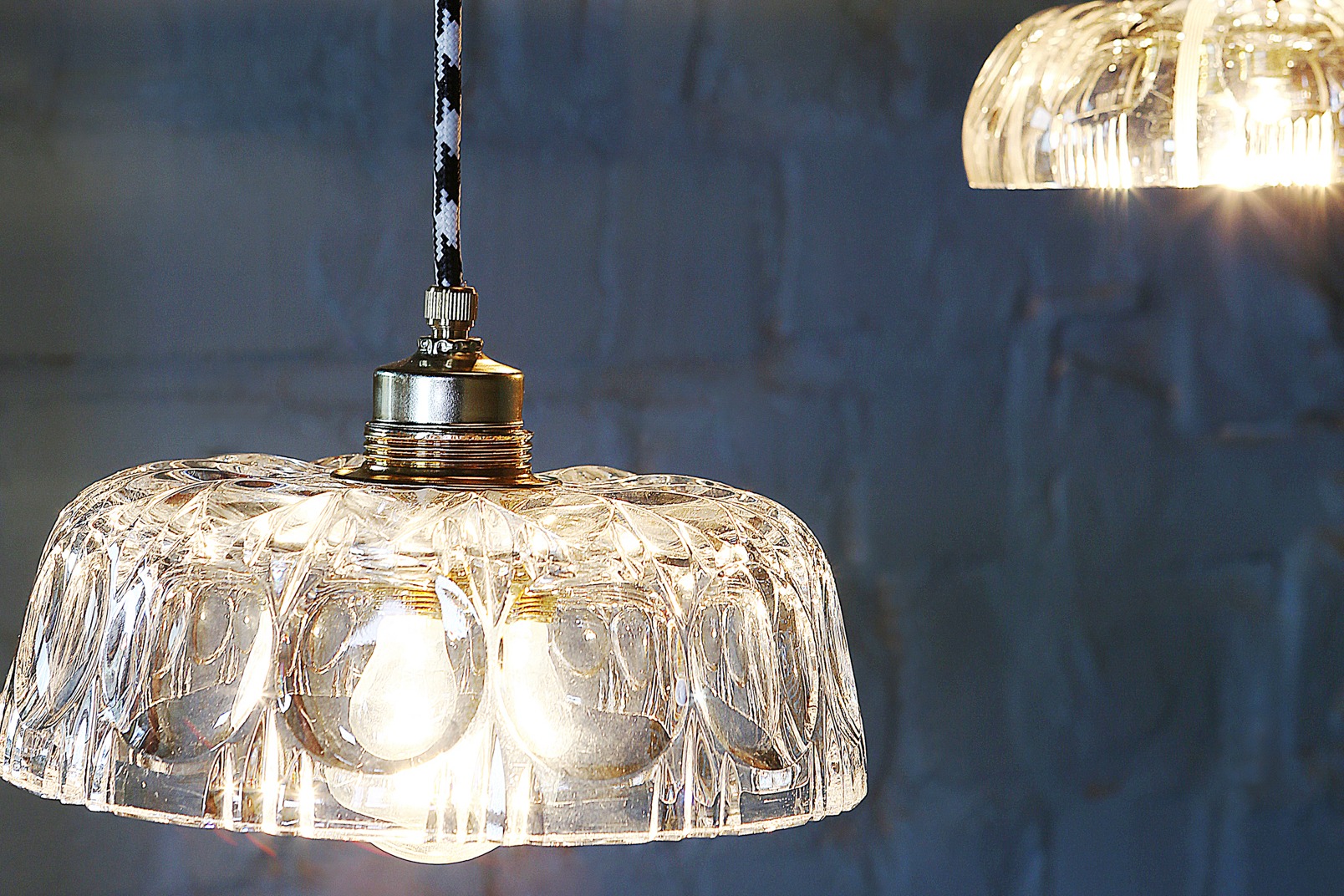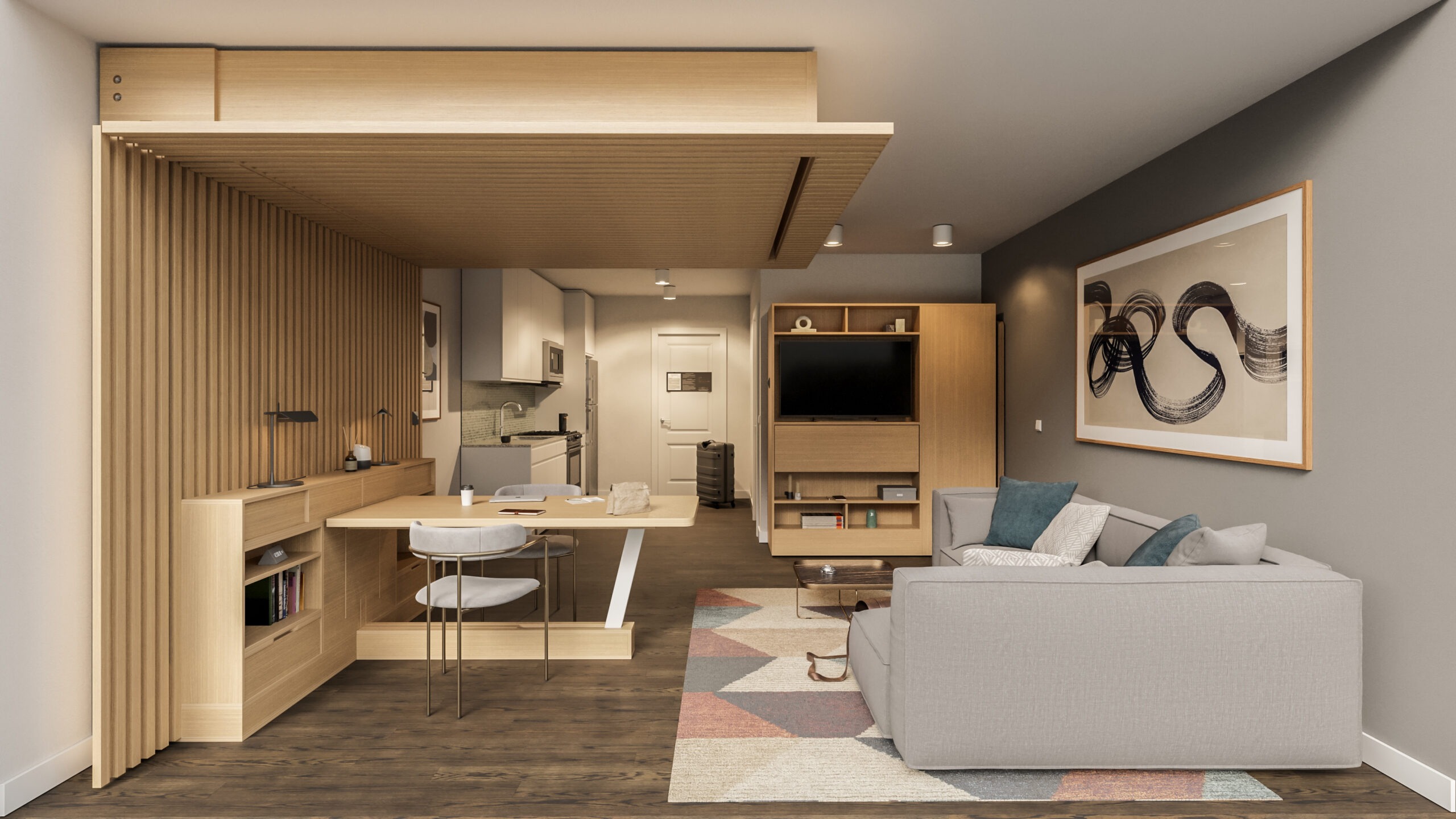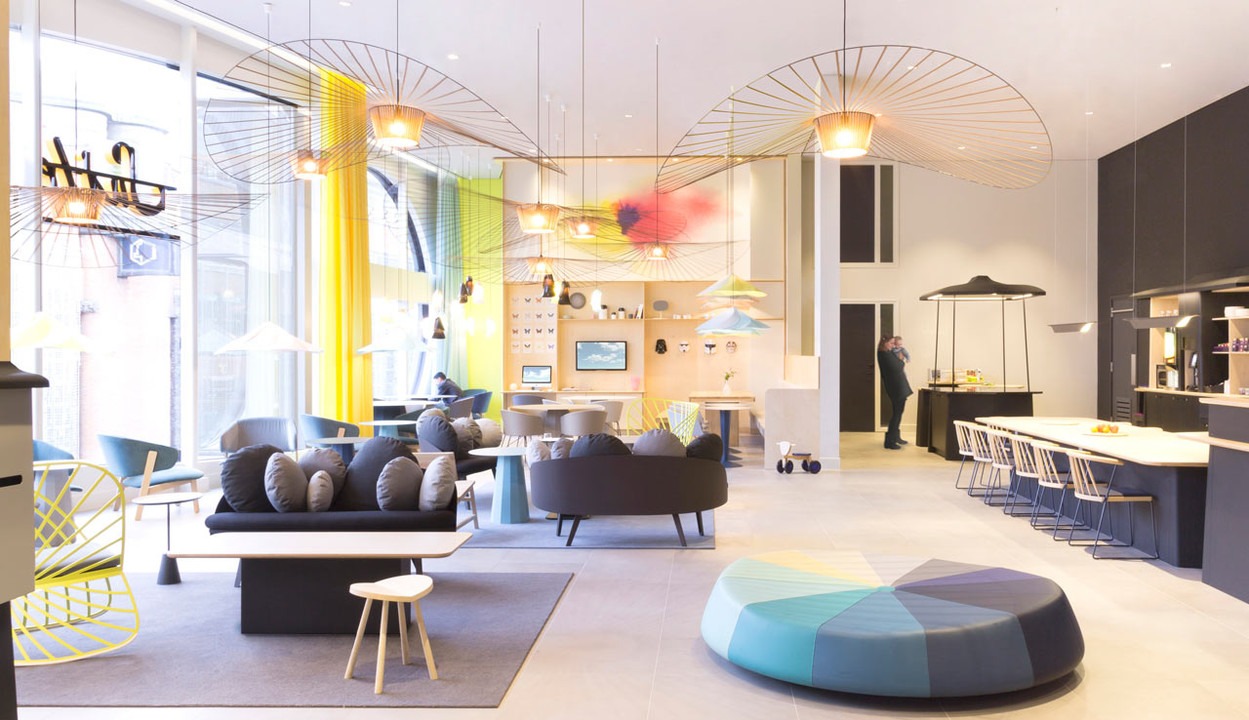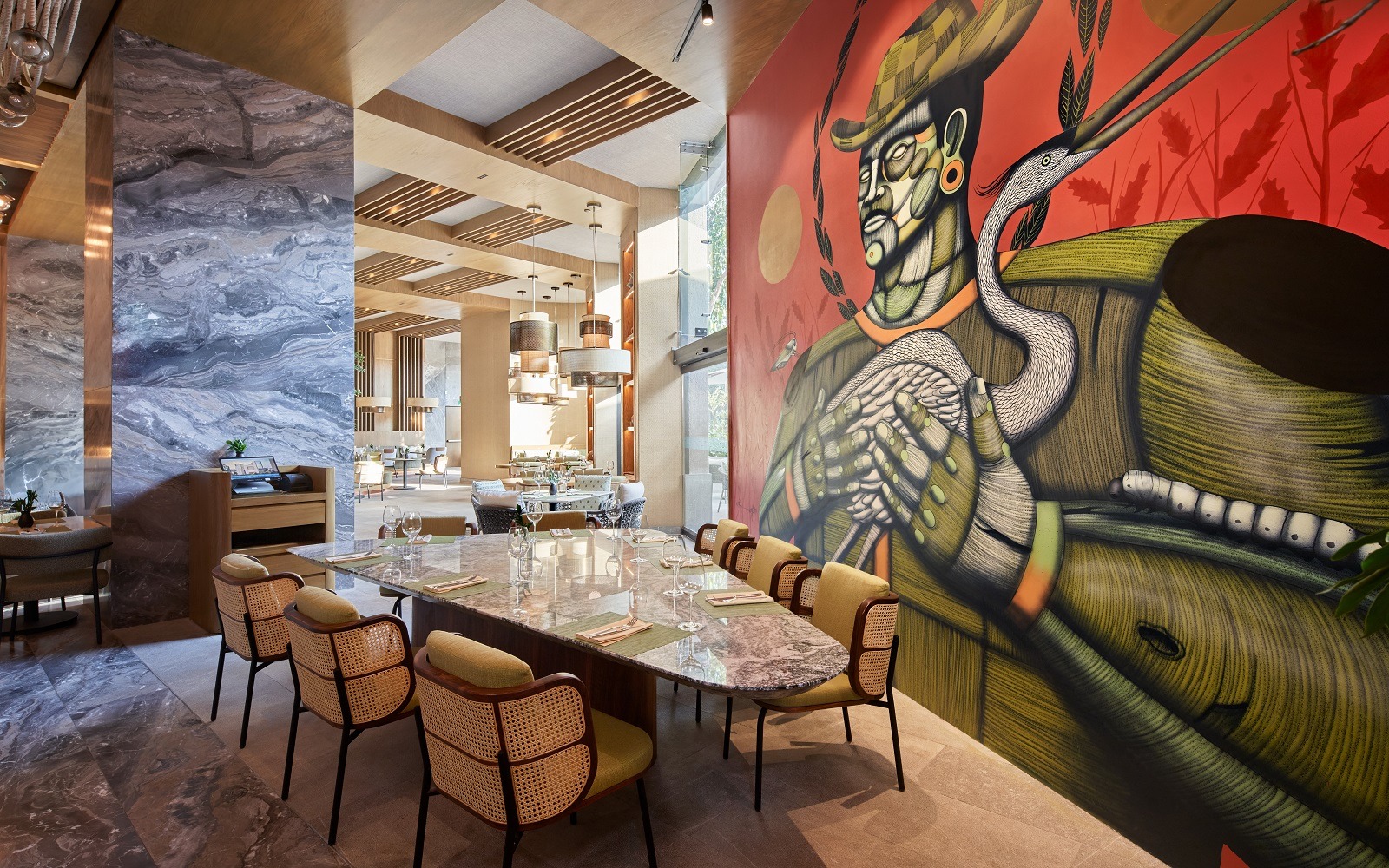As part of Hotel Designs’ deep immersion in everything related to sustainability, we spoke to Michael Mulhall from Dernier & Hamlyn, who shared his experience on how his clients work with them to develop innovative hotel lighting by reusing custom-made luminaires…
Not so long ago, the vast majority of interior designers working in luxury catering or the home would have avoided the idea of reusing high-quality custom-made chandeliers and pendants. But this is no longer the problem and is motivated by a series of imperatives and requirements.

There is no doubt that the importance of sustainability and environmental protection is increasingly important in the business world. Nowhere is this trend more evident than in the fields of Design and hospitality. As a result, designers are becoming more aware of the sources of the products they acquire for their projects and appreciate transparency and responsibility when communicating with their customers. In addition, they are proactively looking for ways to reduce the carbon footprint of their projects from start to finish. Together, these positive actions represent an important step in the right direction.
However, as Mark Tremlett of Naturalmat recently stated in an article on hotel design, the industry should be wary of Greenwashing and instead look for ways that can help achieve the circular economy we are looking for, where waste is reduced to a strict Minimum.

With custom-made lighting, this can be a relatively simple undertaking. Whether chandeliers, pendants, wall sconces or custom-made table lamps, they are invariably made from durable materials and made in styles that stand the test of time. As a rule, it is not only practical lighting and is at least decorative and, quite often, a work of art. And very often it refers to the history, geography or environment of a place. Thus, when it comes to updating its design history, the lighting will often remain relevant.
But this does not mean that the designers will not try to exert their own influence on the already existing unique lighting. You can introduce new elements, install it in an unconventional way, simplify its design or improve it depending on the overall narrative.
The reuse or reuse of custom-made lighting can also contribute significantly to climate neutrality by eliminating the need to source new materials and reducing the kilometers that products have to TRAVEL to bring them to the site, since they already exist.
A good example of this approach is our work for Tara Bernerd & Partners at the Kimpton Fitzroy Hotel in Bloomsbury. We were asked to update the fixtures and give them a contemporary feel. We have revived the chandeliers manufactured by our team almost forty years ago and given them a new identity. 12 large curtain and pocket crystal chandeliers that we installed in the common areas of the hotel in the 1980s have been updated both aesthetically and technically. To carry out this specialized work, the chandeliers were removed from the hotel and taken to our factory, where the crystal was thoroughly cleaned, the metalwork of the chandeliers was restored and the wiring was updated to meet regulatory requirements. The chandeliers were then hung in groups for a more current and playful touch.

With regard to the Standard Hotel London, Shawn Hausman Design (SHD) wanted to express its individuality and sourced vintage lighting fixtures from around the world from different design eras with a variety of materials to emphasize the particularity of the public spaces and the hotel rooms. Our team has wired and restored hundreds of floor and table lamps and pendant lights, mainly from the 1970s, to ensure that they complied with regulations and legal requirements.
Although we have always provided a catering service, the perception of designers towards it is starting to change. Historically, it is usually architects or historical preservation designers involved in monument projects who have turned to us to restore the lighting. However, there is a noticeable change, as more and more people recognize the value of working with us to reuse a wide range of devices. This change reflects the growing awareness that the inclusion of such discussions can make a significant contribution to the promotion of a circular economy and an ecologically sound economy.




